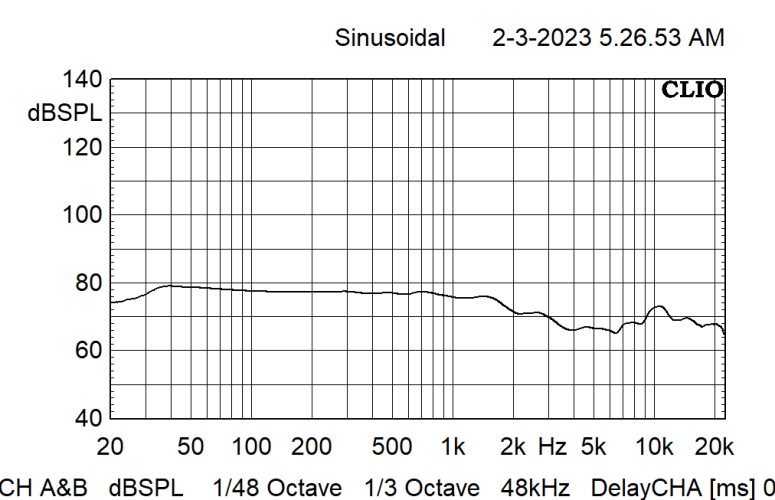x RELIC x
Headphoneus Supremus
Just in case we haven't confused you enough yet... one other important thing...
The output impedance of the amplifier and the impedance of the headphones have to be matched well too. The ideal amplifier output impedance is zero ohms, in this case, all the power gets delivered to the headphone and the headphone can be any impedance. Most solid state amps have less than one ohm amplifier output impedance, so it can be regarded close enough ideal and ignored. If the amplifier output impedance was 15 ohms, then with the 4z, 50% of amplifier power would get wasted as heat in the amplifier output impedance and never reach the 4z. As the amplifier output impedance gets larger compared to the headphone impedance, this situation gets worse. If the amplifier output impedance was 100 ohms, the 4z could be a total no go but this could still sound the best thing ever on the 4. Generally, tube amps can have 10's to 100's of ohms amplifier output impedance, they will possibly favor the 4 rather than the 4z. So, in some cases, the whole thing can work backwards.
Best just to listen and maybe there will be some special synergy happening!
Just like the Zreview of the Utopia.... he was using an amp with 164 Ohm output impedance with the 80 Ohm (@1kHz) Utopia and he thinks they are soft and mushy headphones. For the record I don’t usually watch his reviews.
Agreed, it’s always best to listen for one’s self and with your own gear if possible!























